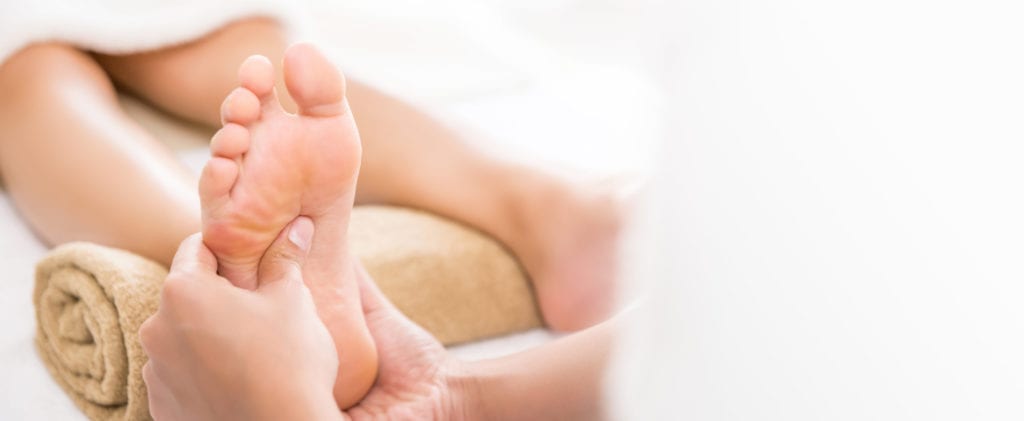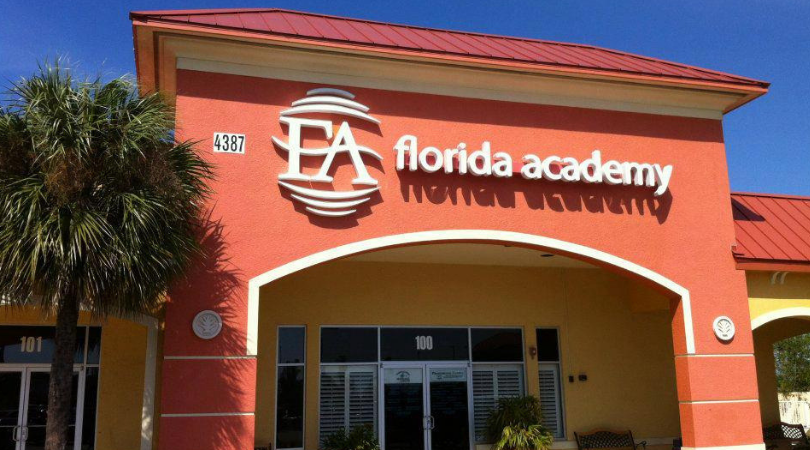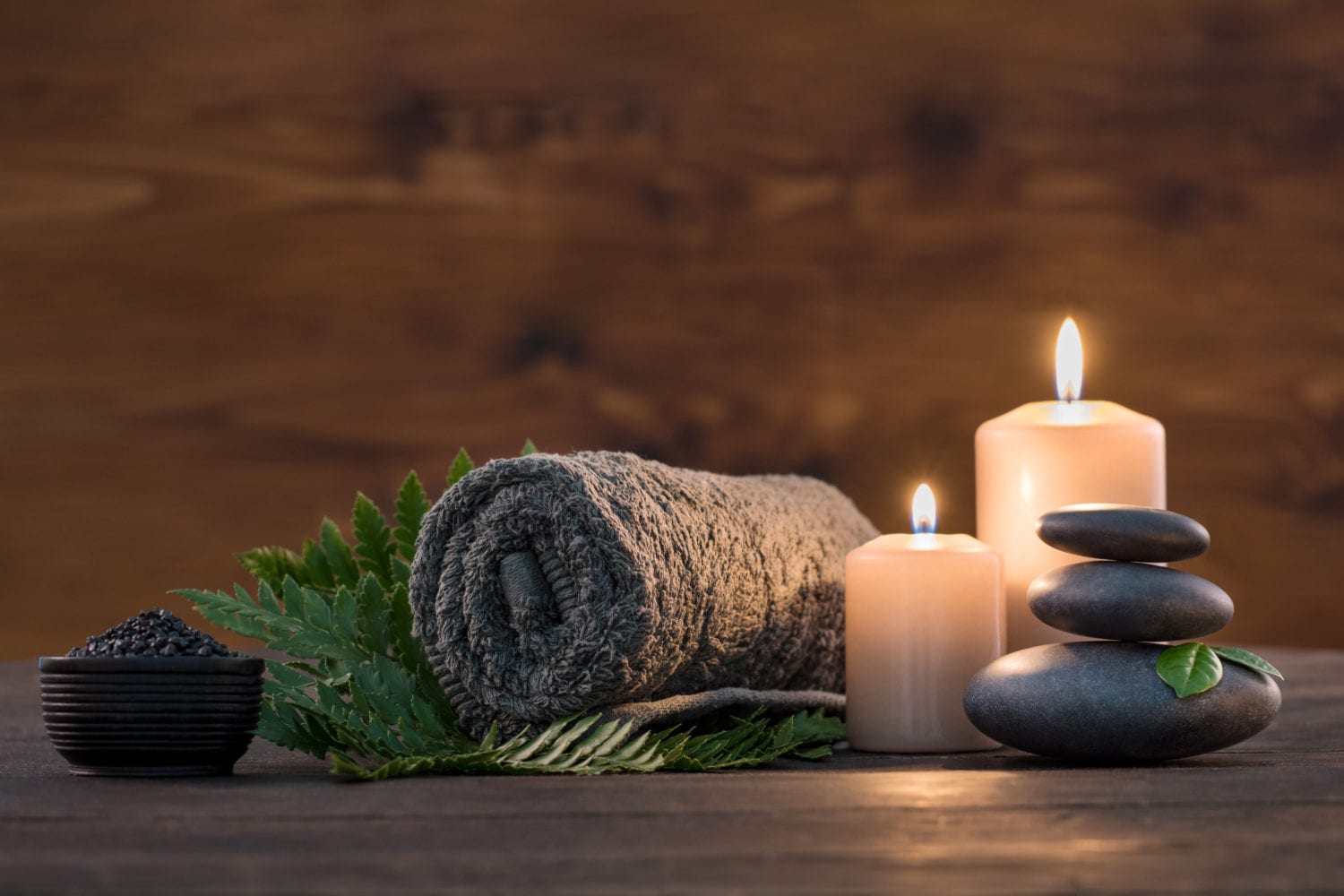Massage Therapy: Going Beyond Relaxation
by
A simple shoulder massage from your partner, who may have no professional training, makes you feel good. This caring touch signals a relaxation response, causing your heart and breathing rates to slow, blood flow to increase, blood pressure to reduce, stress hormones to decrease and muscles to relax. In some cases, massage may be just the medicine you need to relieve aches and pain and make you feel better.
The benefits of massage therapy go well beyond relaxation, however.
A brief history of massage therapy
Dating back to 3000 BCE (or earlier) in India, massage therapy was considered a healing art. The Chinese introduced acupressure techniques thousands of years ago to target the 12 major pressure points to help restore balance. The Egyptians and Japanese added their own twist on massage therapy techniques to help fight illness. It was the Greeks in 800 to 700 BCE who first used massage on athletes to condition their bodies before competitions, and promote recovery and restore energy after. When the Romans entered the massage arena in the 1st century BCE, they used full-body massage as a “spa” treatment that could stimulate circulation and loosen joints.
In the 17th century, new discoveries in pharmacology and medical technology changed modern medicine; however, many doctors could still see the health benefits of massage. In the early 1800s, Swedish doctor/gymnast/teacher Per Henrik Ling created a method that became the precursor to Swedish massage, a style used today that involves stroking, pressing, squeezing and striking.

Ling’s Swedish Movement Cure helped relieve chronic pain, but 19th century Dutchman Johan George Mezger incorporated techniques that are used today:
- Effleurage, which uses long, gliding strokes from the extremities inward at various levels of pressure
- Petrissage, a technique that is rhythmic and may include kneading, skin rolling, lifting or a push-pull movement
- Tapemotement, a beating/tapping administered with the side of the hand, a cupped hand or fingertips used in Swedish massage
- Friction, a deep tissue massage technique that is physically demanding, consisting of circular or crosswise movements with the thumbs, fingertips, palms or elbows, designed to penetrate deep tissue
Throughout history and even now in the 21st century, people have come to recognize that “massage is good medicine.” Here are a few benefits of massage, more than relaxation:
Lessens lower back pain
Chronic low back pain is the second-most common neurological complaint in the United States and the most common cause of job-related disability claims. When inflammation from arthritis or other conditions causes the muscles in the back to spasm and impede mobility, massage can help reduce the pain by improving circulation, relaxing muscles, increasing endorphins (the “feel-good” chemicals) and improving sleep.
Helps the lymphatic system
When pressure is applied through soft tissue massage, it improves blood and lymph circulation, and can reduce swelling. Massage can also relieve nerve compression and relax muscles, preventing contractions and spasms. Ultimately, it also helps organs function better. The American Massage Therapy Association (AMTA) supports that, asserting that 43 percent of those who received a massage in the previous year did it for medical reasons — both physical and mental.
Relieves cancer-related pain
Massage therapy can help relieve the side effects of chemotherapy — including nausea and extreme fatigue — and generally enhance cancer patients’ quality of life. Used in conjunction with traditional medical treatments, massage therapy can help patients mentally cope with their illness. Reflexology massage that manipulates the feet aids cancer-related neuropathy pain, and lymphatic drainage massage increases the flow of lymph so that toxins are flushed out of the body.
Minimizes headaches

Massage works on headaches by blocking pain signals, increasing circulation and releasing serotonin to reduce anxiety, perceived pain, anger, intensity and duration. The pressure and kneading through massage can relieve muscle spasms and decrease cortisol (the stress hormone) while increasing endorphins.
Benefits mental health
Massage therapy can help treat mental health issues by activating neurotransmitters to decrease anxiety and reduce stress hormone levels. Researchers at the University of Miami School of Medicine found that people who experience a variety of mental health issues, from eating disorders to stress and depression, saw a 30 percent increase in serotonin and dopamine (“feel-good” chemicals) after receiving a massage.
How to become part of the massage therapy industry
A natural “medicine,” massage therapy helps relieve symptoms and improve health. Now that more people are choosing to live healthier lifestyles, many are opting for a more holistic approach to health care and pain management. That is causing the demand for licensed massage therapists to surge. According to O*NET OnLine, the career outlook for massage therapists is much faster than average. In Florida, the need for massage therapists is projected to increase by 29 percent through 2024.

Florida Academy in Fort Myers offers a comprehensive curriculum (with the flexibility of day and evening classes) that can get you started in a massage therapy career in as few as 20 weeks. When you conclude your training and earn your license, you will be qualified for a massage therapist position in a clinic, chiropractic office, spa/salon, hotel, fitness center, sports medicine facility, cancer treatment location or more.
Contact Florida Academy today. Classes begin every six weeks.

